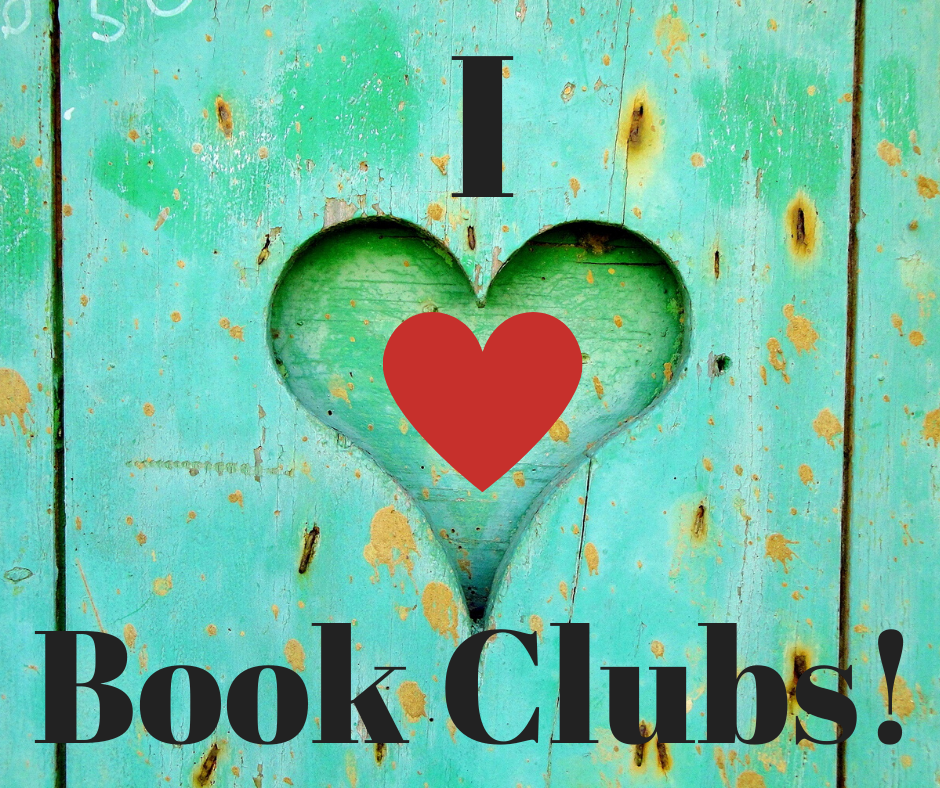Say Cheese - Headshot Tips for Authors
/Authors need a professional headshot. Selfies or photos taken with a cell phone are great for social media candids, but they shouldn’t be your primary image. Here are some tips that I’ve learned through the years.
Invest in a professional photograph. Your writing is your business.
Lighting and location are key.
Make sure you’ve done your hair and makeup.
Choose clothing that has a solid color and not busy or patterned prints.
Choose jewelry you want to appear in the photos. Rings, bracelets, necklaces, earrings, and others will show.
Take several outfits with you if you are having a studio session.
Outside shots are great, but be mindful of the wind and background photobombers.
Choose a photographer who can touch up your photo digitally.
Avoid using a photo where you’ve cropped out others. You can tell that you’re standing beside someone.
Update your author photo regularly. I have been to author events where we were looking for the person in the photo, and it turned out to be from 20 years ago.
You need quality photos that can be used on the web and in print. You should have copies of your photos in different sizes and pixel quality. (You don’t want to send an 8x10 or a 11x14 to a blogger or a reviewer.)
Make sure that you have the rights to the photos and that you can use them in your promotion.
In a past life, my husband was a photographer, and he does great photos for me. But I do go to a studio for my headshots. The one that I use does hair and makeup before the session, and it’s always a fun afternoon.













